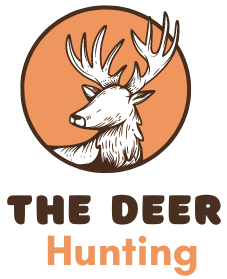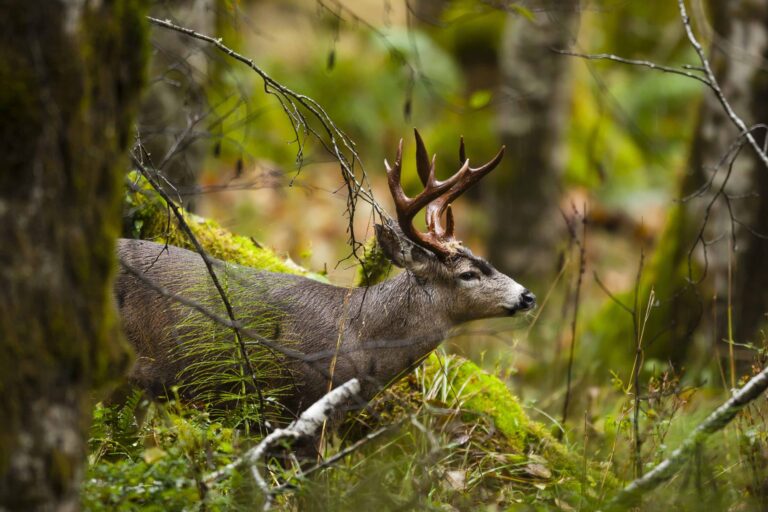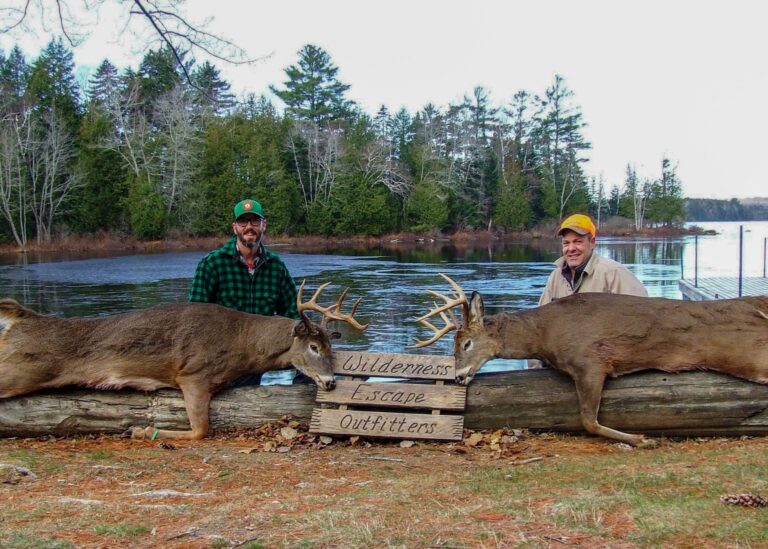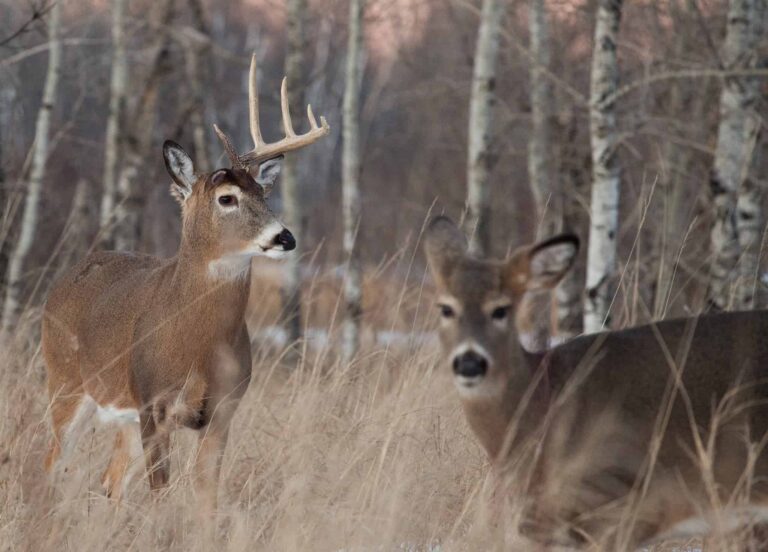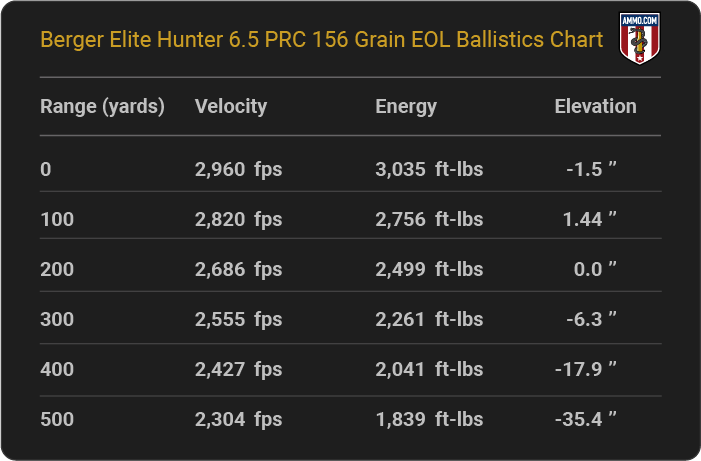Indiana Whitetail Deer Record Book: Ultimate Guide to Trophy Bucks
Indiana is home to many whitetail deer. Hunters and wildlife enthusiasts often track these majestic creatures.
The Indiana Whitetail Deer Record Book documents the biggest and most impressive deer harvested in the state. This book is a treasure for hunters and wildlife lovers. It holds records of deer with remarkable antlers, weight, and age. Each entry tells a story of skill, patience, and respect for nature.
For hunters, getting a deer into this book is a great honor. For others, it is a source of inspiration and wonder. It shows the diversity and beauty of Indiana’s deer population. If you love wildlife or hunting, this record book is a must-see. Dive in to explore the stories of Indiana’s most impressive whitetail deer.
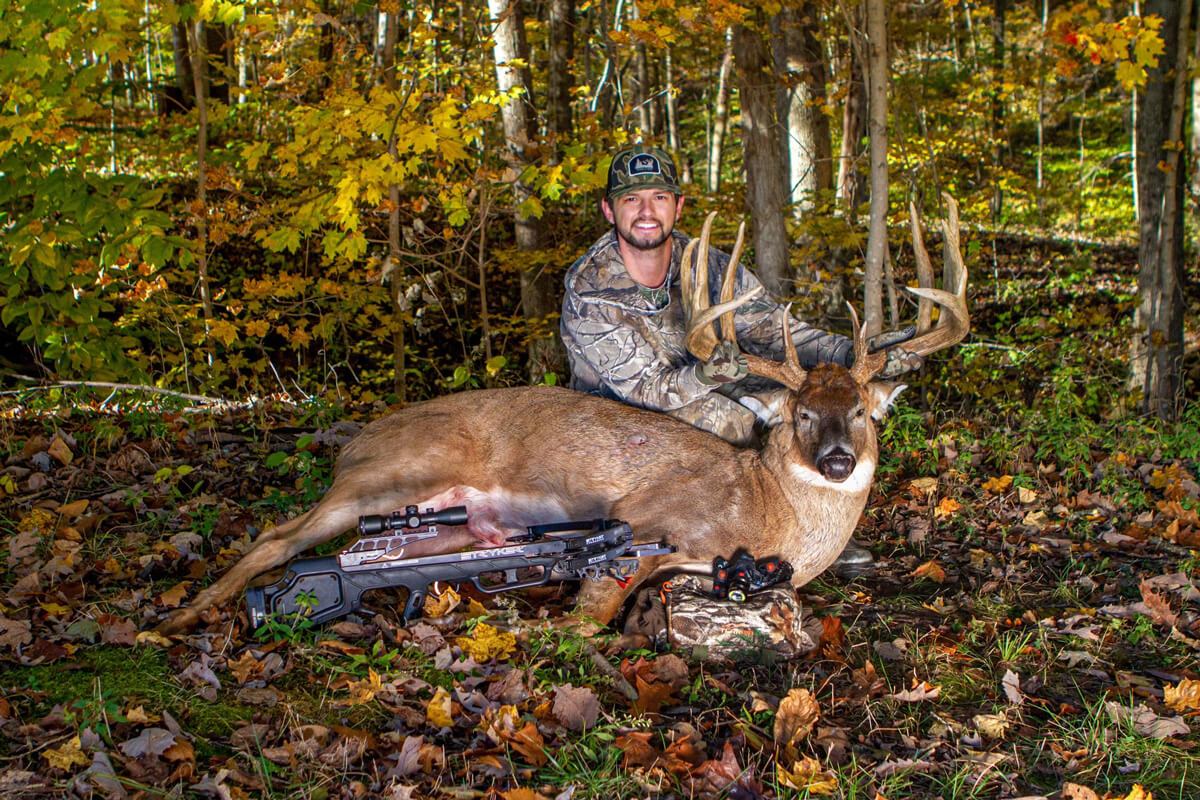
Credit: www.bowhunter.com
Introduction To Indiana Whitetail Deer
Indiana is home to a rich population of whitetail deer. These majestic creatures captivate hunters and wildlife enthusiasts alike. The Indiana Whitetail Deer Record Book captures the essence of these animals. It celebrates the hunt, the history, and the conservation efforts in the state.
History Of Whitetail Deer In Indiana
Whitetail deer have roamed Indiana for centuries. Early settlers found abundant deer populations. Hunting was common and deer were crucial for food and materials. In the early 1900s, deer numbers dropped significantly. Overhunting and habitat loss were the main causes. Conservation efforts began in the mid-1900s. These efforts included restocking programs and hunting regulations. Today, Indiana’s whitetail deer population is thriving.
Importance Of Record Keeping
The Indiana Whitetail Deer Record Book serves many purposes. It documents the largest and most unique deer harvested in the state. This provides valuable data for wildlife management. Record keeping also recognizes the achievements of hunters. It promotes ethical hunting practices and conservation. The record book inspires future generations to appreciate and protect wildlife.
Trophy Buck Criteria
The Indiana Whitetail Deer Record Book tracks the biggest bucks in the state. Hunters strive to have their trophy bucks listed. But what qualifies as a trophy buck? The criteria involve several factors. Let’s explore the specific requirements.
Scoring System
To determine if a buck qualifies, the scoring system is essential. The Boone and Crockett Club system is widely used. Here’s how it works:
- Measurements are taken from the antlers.
- Each tine (point) is measured from base to tip.
- The inside spread of the main beams is measured.
- Circumference measurements are taken at four locations.
Points are added to get a total score. Bucks need a high score to make the record book.
Typical Vs Non-typical Bucks
Bucks are classified into two categories: Typical and Non-Typical. The difference lies in their antler structure.
| Typical Bucks | Non-Typical Bucks |
|---|---|
| Symmetrical antlers | Irregular antlers |
| Even tine distribution | Uneven tine distribution |
| Higher scores for symmetry | Higher scores for mass and tine length |
Typical Bucks have a balanced, symmetrical appearance. They have an even number of tines on each side.
Non-Typical Bucks have irregular or uneven antlers. These bucks often have extra tines or drop tines, making them unique.
Both types can make the record book, but the scoring criteria differ.
Top Record-holding Bucks
The Indiana Whitetail Deer Record Book is a treasure for deer hunters. It showcases the finest bucks harvested in the state. This section highlights the Top Record-Holding Bucks. Get ready to dive into the world of remarkable trophies and legendary hunts.
Largest Bucks By Year
Indiana’s largest bucks are celebrated each year. These bucks represent the pinnacle of hunting success.
| Year | Buck Score | Hunter’s Name | Location |
|---|---|---|---|
| 2020 | 200 3/8 | John Doe | Monroe County |
| 2021 | 210 5/8 | Jane Smith | Brown County |
| 2022 | 215 7/8 | Mike Johnson | Lawrence County |
Notable Trophy Bucks
Some bucks stand out due to their size and unique characteristics. These notable trophy bucks are the pride of Indiana.
- 2020’s Top Buck: John Doe’s 200 3/8 buck is known for its wide spread and heavy mass.
- 2021’s Record: Jane Smith’s 210 5/8 buck has an extraordinary number of points and symmetry.
- 2022’s Champion: Mike Johnson’s 215 7/8 buck is remarkable for its incredible tine length and overall score.
These bucks not only set records but also inspire hunters. They remind us of the beauty and challenge of whitetail hunting in Indiana.
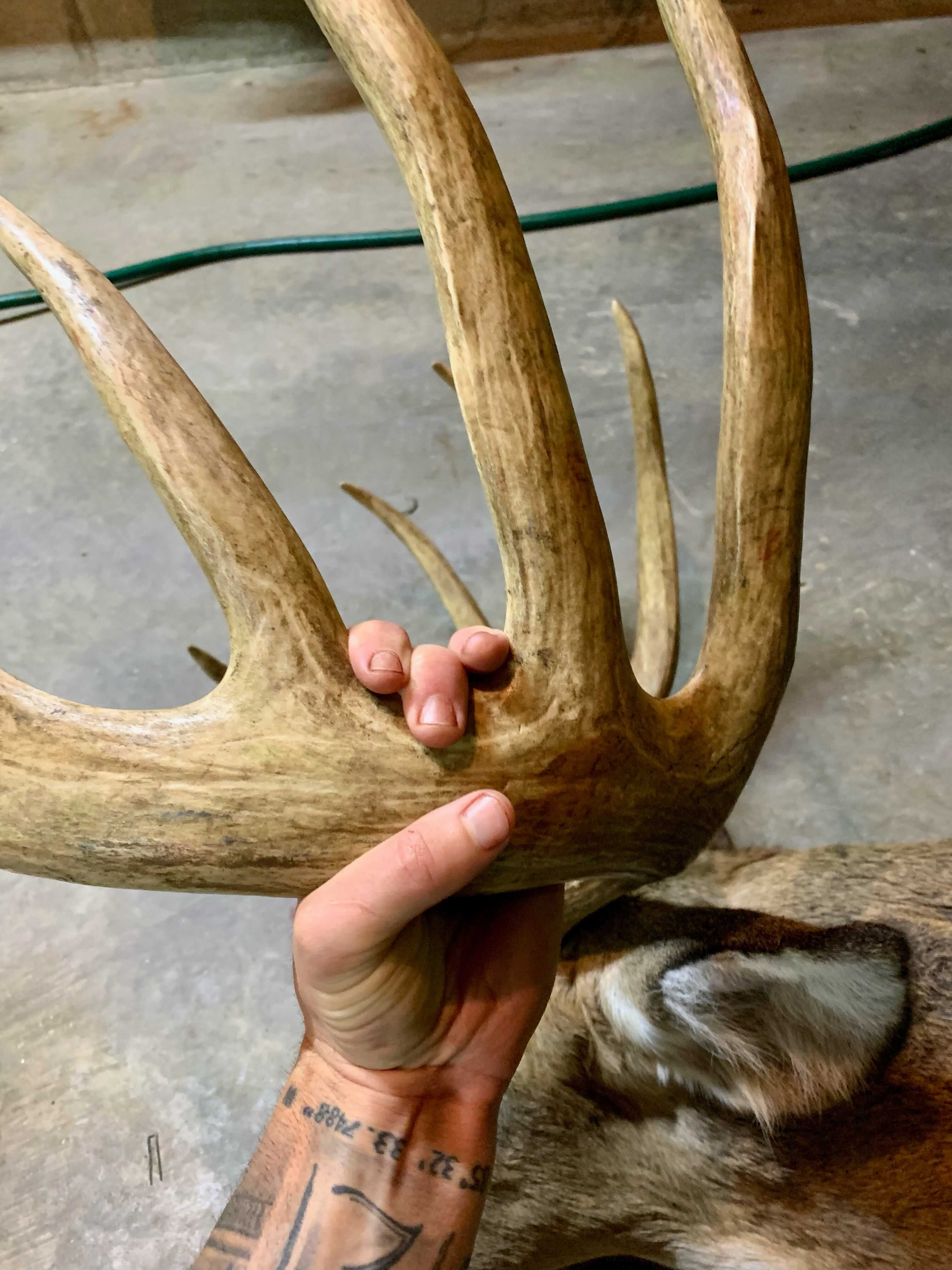
Credit: www.themeateater.com
Hunting Techniques For Trophy Bucks
To bag a trophy buck, hunters must employ specialized techniques. The Indiana Whitetail Deer Record Book showcases many successful hunts. Understanding the best seasons and effective strategies increases your chances of success.
Best Hunting Seasons
Indiana offers excellent hunting opportunities throughout the year. Knowing the best seasons ensures higher chances of encountering trophy bucks.
| Season | Description |
|---|---|
| Early Archery | This season starts in October. Bucks are more active and less cautious. |
| Pre-Rut | Occurs in late October. Bucks begin seeking does, making them more visible. |
| Peak Rut | November is the peak rut. Bucks are highly active, providing great hunting opportunities. |
| Late Season | Late December to January. Bucks are recovering from the rut, offering a final chance. |
Effective Hunting Strategies
Employing the right strategies during the hunt can make a significant difference. Here are some effective techniques:
- Scouting: Identify deer trails, feeding areas, and bedding spots.
- Stand Placement: Position stands near high-traffic areas but stay downwind.
- Calling and Rattling: Use deer calls and antler rattling to attract bucks.
- Using Scents: Deploy doe estrus or buck urine scents to lure deer.
Adjust these strategies based on the season and deer behavior for optimal results.
Conservation And Management
The Indiana Whitetail Deer Record Book isn’t just about listing impressive deer. It also highlights important efforts in conservation and management. These efforts help maintain a healthy deer population and ensure future generations can enjoy Indiana’s wildlife.
Role Of Conservation Programs
Conservation programs play a critical role in managing deer populations. These programs include habitat preservation, controlled hunting, and research. They aim to balance deer numbers with available resources. This balance prevents overpopulation, which can lead to health issues for deer.
Agencies work with local communities to protect natural habitats. They restore forests and create safe environments for deer. This helps maintain a stable ecosystem. It also supports other wildlife species that share the habitat.
Education is another key aspect. Programs teach hunters and residents about responsible practices. They promote ethical hunting and respect for wildlife. This knowledge helps in making informed decisions that benefit the environment.
Impact On Deer Population
Effective conservation efforts have a positive impact on deer populations. Controlled hunting helps manage deer numbers. It ensures there are enough resources for all deer to thrive.
Habitat restoration projects increase food and shelter availability. This supports healthy deer growth. It also reduces the chance of disease spreading among the population.
Research and monitoring are essential. They provide data on deer health and numbers. This information guides future conservation strategies. It helps maintain a sustainable deer population in Indiana.
Overall, conservation and management efforts play a vital role in preserving the whitetail deer population. They ensure that future generations can continue to enjoy Indiana’s natural beauty.
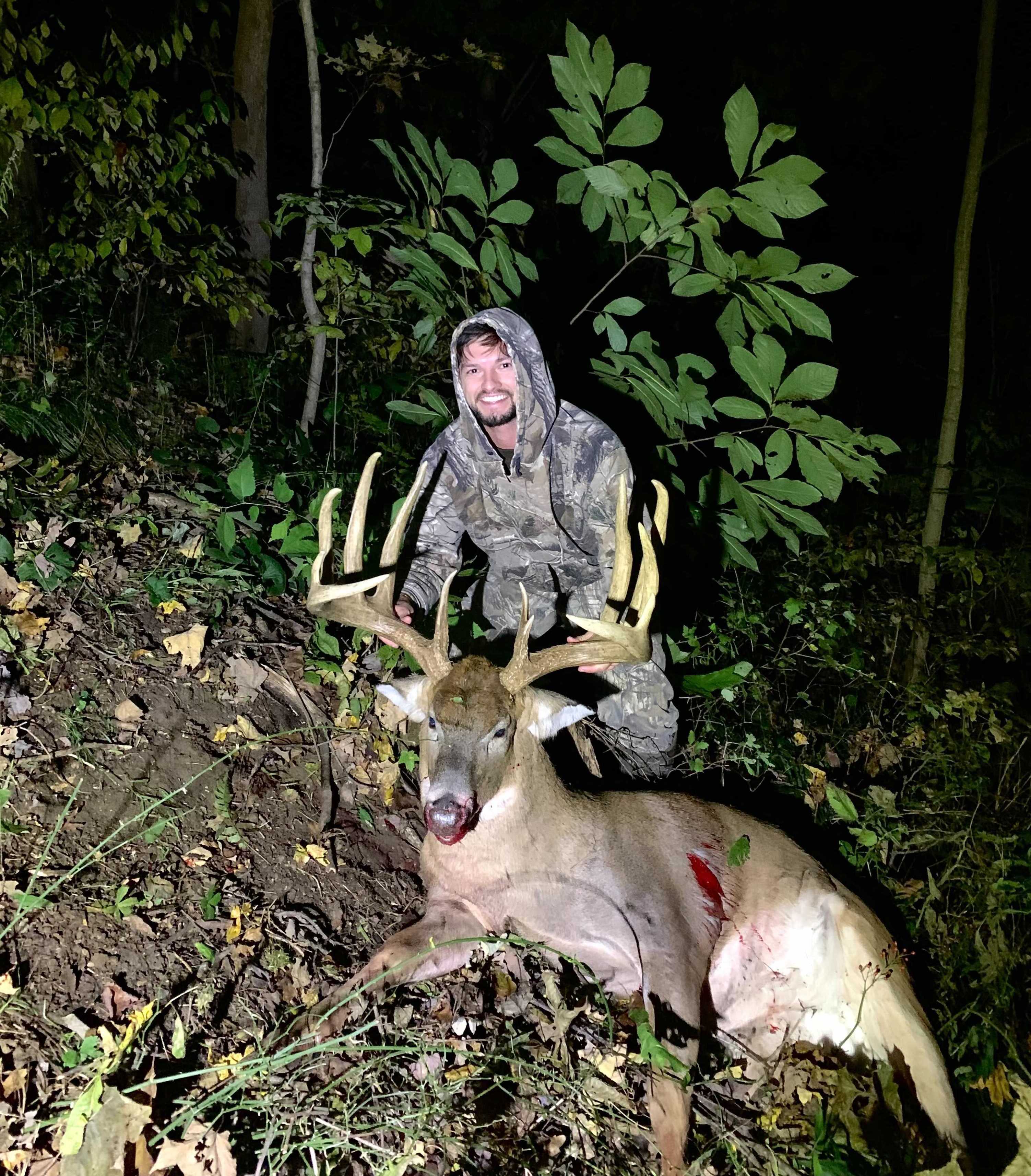
Credit: www.themeateater.com
Field Judging Trophy Bucks
Field judging trophy bucks is an essential skill for any serious deer hunter. It helps in making quick decisions and ensuring that the deer you are aiming for meets your trophy standards. This process involves observing certain physical traits and estimating the age and score of the deer.
Key Physical Characteristics
When judging a trophy buck, the antlers are the first feature to examine. Look for the number of points and the symmetry. Wide and tall antlers often indicate a mature buck. Check the spread, which should be wider than the buck’s ears. The tines should be long and well-defined.
Besides antlers, observe the body size and shape. Mature bucks have a thick neck and a muscular body. Their chest is deep, and their legs appear shorter because their body is more massive. The face of a mature buck is usually grayer, with a pronounced Roman nose.
Estimating Age And Score
Estimating the age of a buck is crucial for understanding its potential. Younger bucks have a slender body, a narrow neck, and a less developed chest. Mature bucks, typically five years or older, exhibit a more robust physique. Their belly sags slightly, and their back appears straight or slightly swayed.
To estimate the score, consider the antler’s size and mass. The Boone and Crockett scoring system is commonly used. Measure the main beams, tine length, spread, and circumference. The more mass and symmetry, the higher the score. Remember, practice and observation improve your field judging skills.
Submitting A Deer For Record Book
Submitting a deer to the Indiana Whitetail Deer Record Book is a proud moment for any hunter. This process ensures that your achievement is recognized and remembered. Here’s how you can submit your deer and the documentation you need.
Submission Process
The submission process is simple but requires attention to detail. First, ensure the deer meets the eligibility criteria. The deer must be taken in Indiana and must meet the minimum score requirement.
Next, complete the official submission form. This form is available on the Indiana Whitetail Deer Record Book website. Fill in all the required fields accurately.
After filling out the form, submit it along with the required documentation. Submissions can be made online or via mail.
Required Documentation
Proper documentation is crucial for your submission. You will need the following:
- Proof of Harvest: This includes a photo of you with the deer and the date of the harvest.
- Official Score Sheet: The deer must be scored by an official measurer. Include the score sheet with your submission.
- Tag Information: Provide the tag number and other details from the hunting tag.
- Witness Information: Include the name and contact information of any witnesses to the harvest.
Ensure all documentation is clear and legible. Double-check the details before submitting. Incomplete or inaccurate submissions may be rejected.
Indiana Whitetail Deer Hunting Community
The Indiana Whitetail Deer Hunting Community is tight-knit and passionate. Hunters from all over the state gather to share stories and strategies. This community thrives on camaraderie and the love of the sport. They pass on traditions and knowledge to the next generation.
Local Hunting Clubs
Local hunting clubs play a big role in the Indiana Whitetail Deer Hunting Community. These clubs offer a place for hunters to meet and exchange tips. They also organize group hunts and provide training for new hunters. Joining a club can help you improve your skills and make new friends.
Many clubs have regular meetings and events. These gatherings often include guest speakers and workshops. Clubs also work on conservation projects to protect deer habitats. Being part of a local hunting club can enhance your hunting experience.
Community Events And Competitions
Community events and competitions bring hunters together. These events range from friendly get-togethers to serious contests. Competitions often include categories for different age groups and skill levels. Winning can earn you a spot in the Indiana Whitetail Deer Record Book.
Events like these foster a spirit of friendly rivalry. They also provide a chance to learn from others. Hunters share their best practices and celebrate each other’s successes. Participating in community events can make you feel more connected to the hunting community.
Many events also support local charities and causes. This adds a sense of purpose to the sport. Hunters not only enjoy their hobby but also give back to the community. These events are highlights of the hunting season for many.
Frequently Asked Questions
What Is The Indiana Whitetail Deer Record Book?
The Indiana Whitetail Deer Record Book documents the largest whitetail deer harvested in Indiana. It includes measurements and hunter details.
How Are Deer Measured For The Record Book?
Deer are measured using the Boone and Crockett scoring system. It considers antler size, symmetry, and other factors.
Who Can Submit A Deer To The Record Book?
Any hunter who legally harvests a whitetail deer in Indiana can submit it. Proper documentation is required.
When Was The Indiana Whitetail Deer Record Book Started?
The record book started in the 1970s. It has been updated regularly to include new records.
Conclusion
The Indiana Whitetail Deer Record Book showcases amazing hunting achievements. It’s a must-read for deer hunters. The book offers valuable insights and inspiration. Hunters can learn from others’ experiences. This makes it a useful resource for everyone interested in deer hunting.
Sharing stories and records helps build a community. It keeps the hunting tradition alive. So, grab a copy. Dive into the world of Indiana whitetail deer. Celebrate the incredible records and achievements. Happy hunting!
